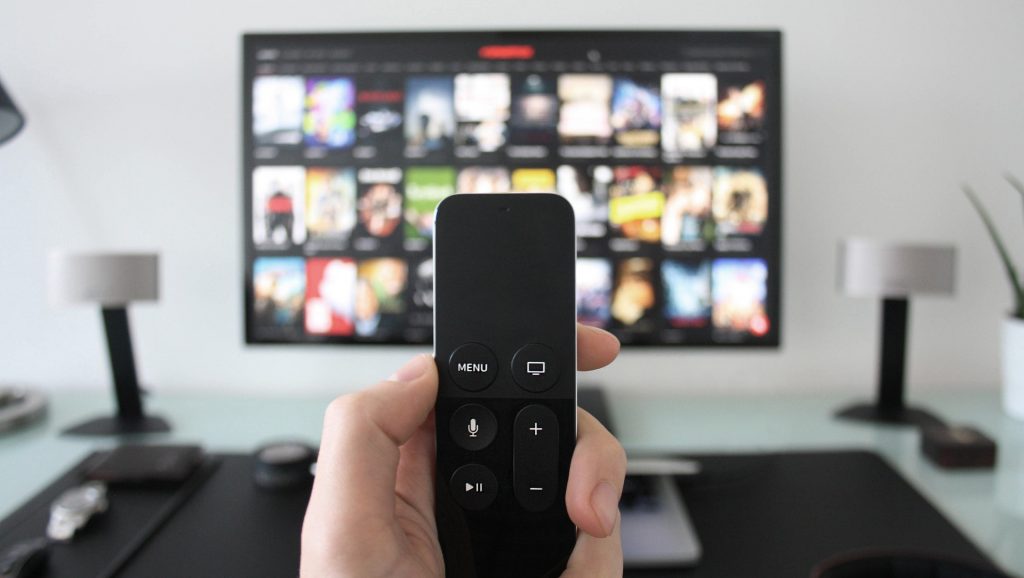European cord-cutting ‘overstated’
 Cord-cutting may be ubiquitous in headlines, but the reality is not quite so cut-and-dried, claims a new report.
Cord-cutting may be ubiquitous in headlines, but the reality is not quite so cut-and-dried, claims a new report.
According to the European Audiovisual Observatory, cord-cutting primarily depends on local market conditions.
One of the major findings of the report is that cord-cutting is not taking place right across the board in Europe and is very specific to national markets. Each national market has been and is still shaped by very specific conditions, often growing from pay audiovisual services, including purchasing power, supply of free services, penetration and performance of broadband access, and regulation.
The report claims that due to the specific convergence of market factors, both pay-TV and SVOD uptakes and market shares paint a very different picture from one country to another as well as from one player to another.
The European Audiovisual Observatory says that this is the result of a strong granularity of pay AV services’ market strategies.
The report concludes that while cord-cutting is one of the pay AV services market realities in Europe, it is not the only one and is largely dependent on the national market conditions of a highly diverse European pay AV services landscape.
Elsewhere, the report also found that Netflix, Comcast and Liberty Global are leading the European pay AV services market in terms of subscriptions. Combined, they controlled a third of all EU subscriptions to pay AV services in 2017.
Almost one in three pay-TV subscriptions were signed off either to Liberty Global (UPC, Ziggo, Virgin TV, Telenet, Unitymedia TV) or Comcast (Sky), while Netflix and Amazon alone accounted for almost 80% of the SVOD subscriptions in the EU.



